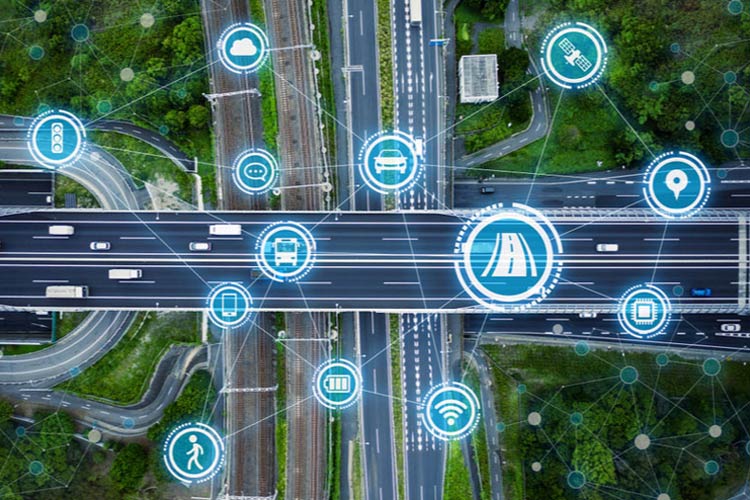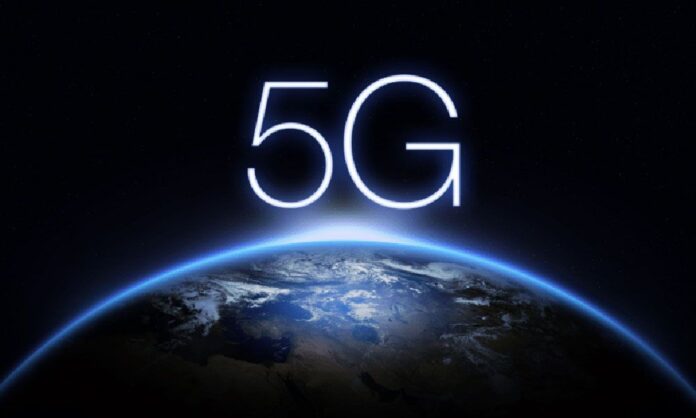Introduction
The advent of the fifth-generation (5G) wireless technology has ushered in a new era of communication and connectivity. With its promise of faster speeds, lower latency, and greater capacity, 5G is set to revolutionize the way we connect and interact with the world around us. In this article, we will explore the profound impact of 5G technology on communication and connectivity and how it is reshaping various sectors of society.
Unleashing Lightning-Fast Speeds
One of the most significant advancements brought by 5G technology is its lightning-fast speeds. Compared to its predecessor, 4G, 5G offers data transmission speeds that are up to 100 times faster. This means that downloading and uploading large files, streaming high-definition content, and engaging in real-time communication will be seamless and instantaneous. The ultra-fast speeds of 5G pave the way for a range of innovative applications and services that were previously unimaginable.
Enhancing Internet of Things (IoT) Connectivity
With the proliferation of IoT devices, such as smart home appliances, wearables, and autonomous vehicles, the demand for reliable and seamless connectivity has soared. 5G technology provides the necessary infrastructure to connect billions of devices simultaneously. Its low latency ensures that IoT devices can communicate with each other in real time, enabling a truly interconnected ecosystem. This connectivity will lead to improved automation, smart city initiatives, and enhanced efficiency in various industries.
Empowering Virtual and Augmented Reality
Virtual and augmented reality (VR/AR) technologies have been gaining momentum in recent years. However, the full realization of their potential has been hindered by the limitations of existing networks. 5G’s high bandwidth and low latency capabilities will enable immersive and interactive experiences like never before. From virtual meetings and gaming to training simulations and telemedicine, 5G-powered VR/AR applications will transform how we learn, work, and entertain ourselves.
Revolutionizing Healthcare and Telemedicine
5G technology holds immense promise for the healthcare industry. Its low latency and high-speed connectivity enable real-time transmission of critical patient data, facilitating remote monitoring, telemedicine consultations, and surgical procedures. Healthcare professionals can remotely access patient records, analyze medical imaging, and provide expert advice from anywhere in the world. 5G-powered healthcare solutions will enhance patient outcomes, increase accessibility, and reduce the burden on healthcare systems.
Enabling Autonomous Vehicles and Smart Transportation
The development of autonomous vehicles relies heavily on advanced communication networks. 5G’s ultra-low latency and high reliability enable real-time communication between vehicles, infrastructure, and pedestrians. This communication is essential for ensuring safe and efficient transportation systems. With 5G, autonomous vehicles can make split-second decisions based on up-to-date information, resulting in safer roads, reduced traffic congestion, and improved energy efficiency.

Transforming Manufacturing and Industry 4.0
In the realm of manufacturing, 5G technology plays a pivotal role in the realization of Industry 4.0. With its ability to connect a massive number of sensors and devices, 5G enables real-time monitoring, predictive maintenance, and optimized production processes. The low latency and high bandwidth of 5G support the deployment of robotics, automation, and artificial intelligence, leading to increased productivity, reduced costs, and enhanced competitiveness for manufacturers.
Empowering Remote Work and Collaboration
The COVID-19 pandemic accelerated the adoption of remote work, highlighting the importance of reliable and high-speed connectivity. 5G enables seamless video conferencing, file sharing, and collaborative work environments. Its capacity to handle a large number of simultaneous connections ensures smooth remote work experiences. With 5G, professionals can work from anywhere, access cloud-based resources effortlessly, and collaborate with team members in real time.
Challenges and Considerations
While the potential of 5G technology is immense, its widespread deployment does face certain challenges. The rollout of 5G infrastructure requires substantial investments, as it necessitates the installation of a dense network of small cell sites. Additionally, concerns regarding data privacy, security, and potential health risks associated with increased exposure to radio frequencies have emerged. Addressing these challenges is crucial to ensure the successful implementation and acceptance of 5G technology.
Conclusion
The advent of 5G technology marks a significant milestone in the evolution of communication and connectivity. Its lightning-fast speeds, low latency, and massive capacity unlock a world of possibilities across various sectors, including healthcare, transportation, manufacturing, and remote work. The transformative power of 5G is set to revolutionize how we live, work, and interact with our environment. As 5G networks continue to expand, we can expect a future where seamless connectivity and immersive experiences become the new norm.

